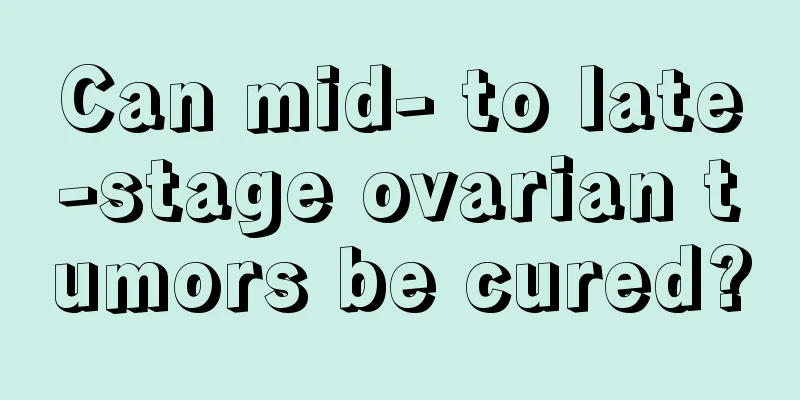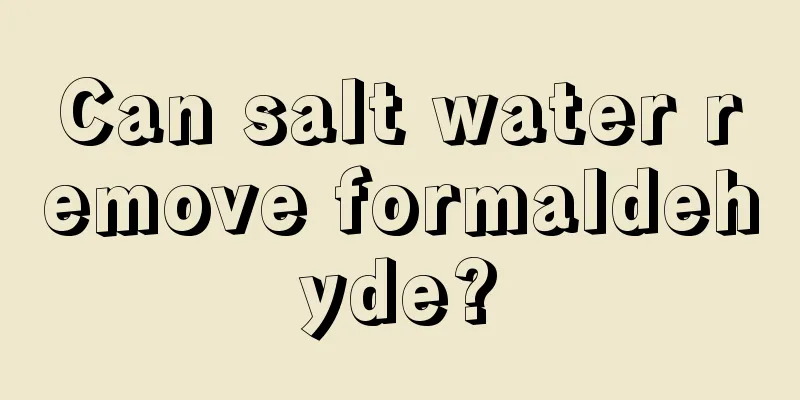What are the key points in diagnosing thyroid cancer?

|
What are the key points in diagnosing thyroid cancer? Because thyroid cancer is very common in life and is prone to disease, we must take relevant measures to prevent thyroid cancer and reduce the serious harm caused by thyroid cancer to patients. If thyroid cancer is found, timely diagnosis is very important. So what are the key points in diagnosing thyroid cancer? How is thyroid cancer diagnosed? The diagnosis of thyroid cancer should be based on medical history, clinical manifestations and necessary auxiliary examination results. 1. A history of head and neck X-ray exposure. Eighty-five percent of children with thyroid cancer have a history of head and neck radiation. 2. A family history of multiple endocrine neoplasia often indicates medullary thyroid carcinoma. 3. Solitary thyroid nodules are hard, fixed, or accompanied by compression symptoms. 4. Thyroid nodules that have existed for many years suddenly grow rapidly. 5. There is evidence of invasion and infiltration of adjacent tissues; or scattered enlarged and firm lymph nodes can be palpated. 6. The diagnosis can be confirmed with the help of 131I thyroid scan, B-ultrasound, cytology, neck X-ray, serum calcitonin measurement, indirect laryngoscopy and other examinations. Thyroid cancer should be differentiated from thyroid tumors or cysts, chronic thyroiditis, etc. 1. Thyroid tumor or cyst Single or multiple nodules on one or both sides of the thyroid gland, with a smooth surface, soft texture, no tenderness, and large mobility when swallowing. The cyst has high tension and may also appear hard. Thyroid isotope scanning, B-mode ultrasound examination, etc. can help with diagnosis. If differentiation is still difficult, puncture for cytology examination can be performed. 2. Chronic thyroiditis Chronic lymphadenitis and chronic fibrothyroiditis are the main types. Chronic lymphadenitis has a slow onset, diffuse enlargement of the thyroid gland, a tough and elastic texture, like rubber, a smooth surface, no adhesion to the surrounding normal tissues, and can move with swallowing. The local area is not red, painful, or feverish. It may be complicated by mild hypothyroidism, and compression symptoms are obvious in the late stage. Other examinations include accelerated erythrocyte sedimentation rate, positive flocculent reaction of liver function, increased gamma globulin in serum protein electrophoresis analysis, and thyroid scans often show reduced and unevenly distributed 131I uptake. Chronic invasive fibrous thyroiditis, the thyroid gland gradually swells and becomes abnormally hard, like a rock. It is characterized by invasion of the tissues surrounding the thyroid gland, which is fixed and cannot move with swallowing. It can also compress the trachea and esophagus, causing mild dyspnea or dysphagia, but generally does not compress the recurrent laryngeal nerve or cervical sympathetic ganglia. In the late stage, it is often accompanied by hypothyroidism. When differentiation is difficult, puncture cytology can be performed. |
<<: Which methods can effectively treat bile duct cancer
>>: What is the diagnosis method for thyroid cancer
Recommend
What is the difference between gastric polyps and gastric cancer?
What is the difference between gastric polyps and...
Where are the main symptoms of colon cancer?
Where are the main symptoms of colon cancer? I be...
Are feather pillows good?
In recent years, feather pillows have become very...
Abdominal stretching exercises
A proper warm-up is essential to preventing injur...
Can lung cancer that has metastasized be cured? Normally not
Lung cancer is generally incurable after brain me...
Can mumps cause infertility?
In fact, many people do not understand mumps. Thi...
Fiber colonoscopy helps you detect colon cancer
Fiberscope is a flexible, soft optical fiberscope...
Causes of threatened miscarriage
During pregnancy, I believe many women are very w...
Can prostate cancer be prevented
In many people's minds, cancer is equal to de...
Can we eat soon?
The speed of eating actually has a great relation...
How to store dry bird's nest
There are two types of bird's nests, dry and ...
How to treat lung cancer in the late stage? Three corresponding treatment plans for lung cancer in the late stage
I believe that everyone is familiar with lung can...
Blood type test requires fasting
Many tests require the patient to be fasting in o...
How to remove tea stains from cups
Over time, tea stains will form on tea cups, whic...
Overview of Bladder Cancer Prevention Methods
Bladder cancer is the most common tumor disease i...









